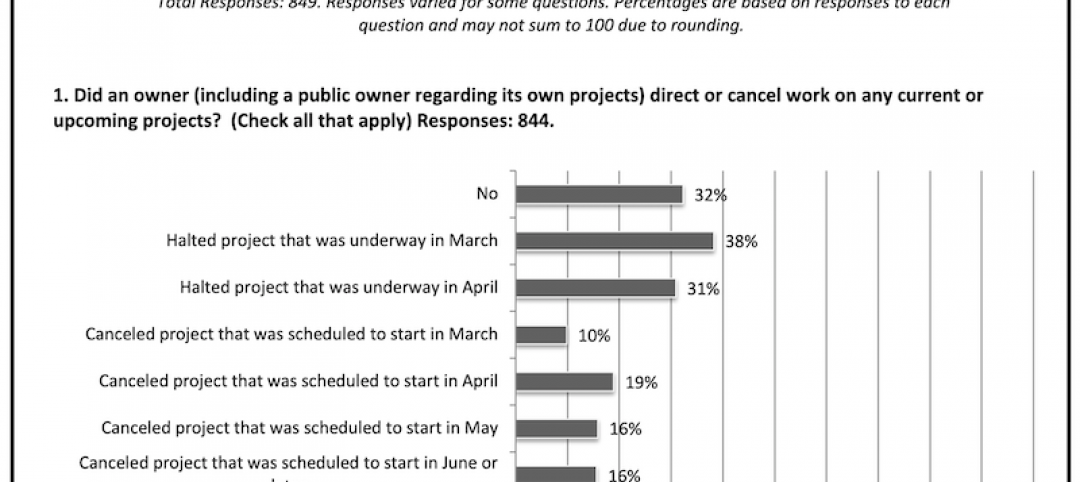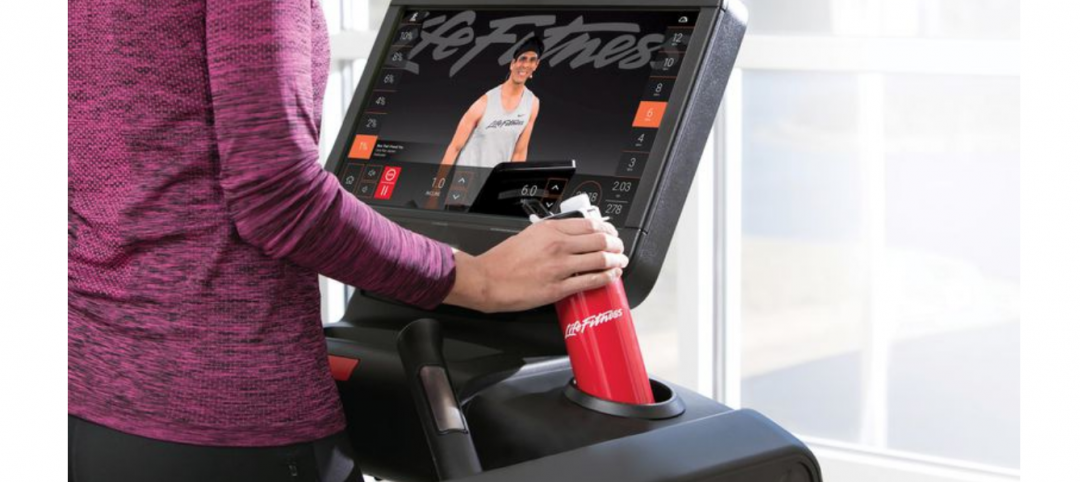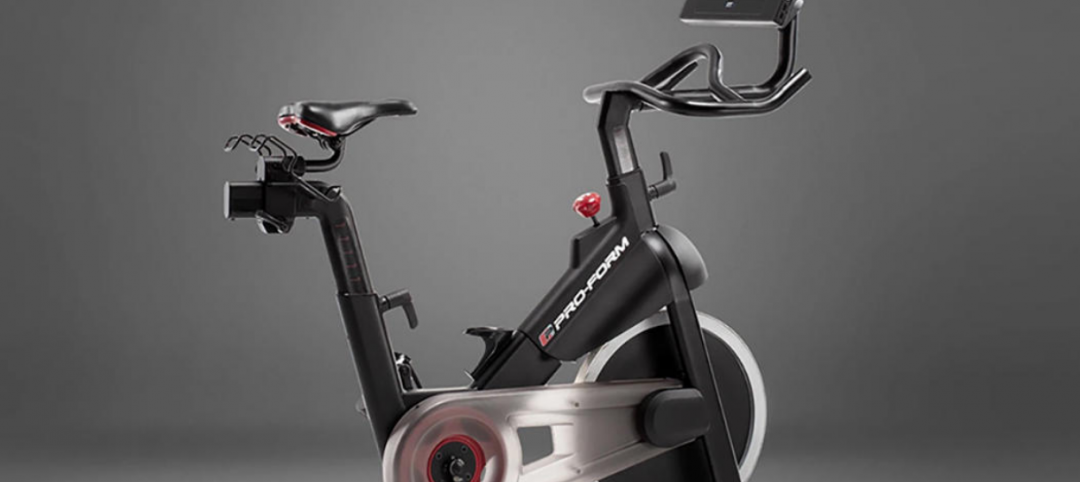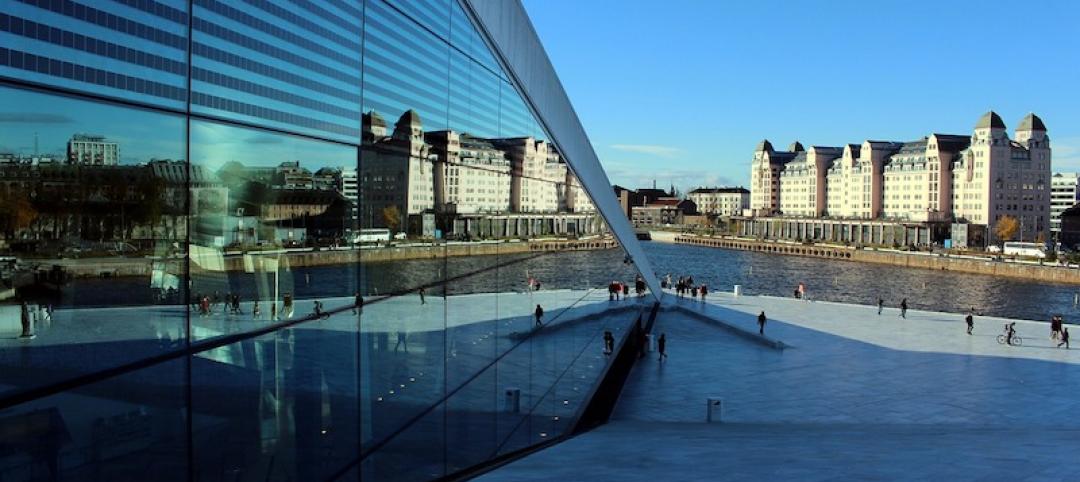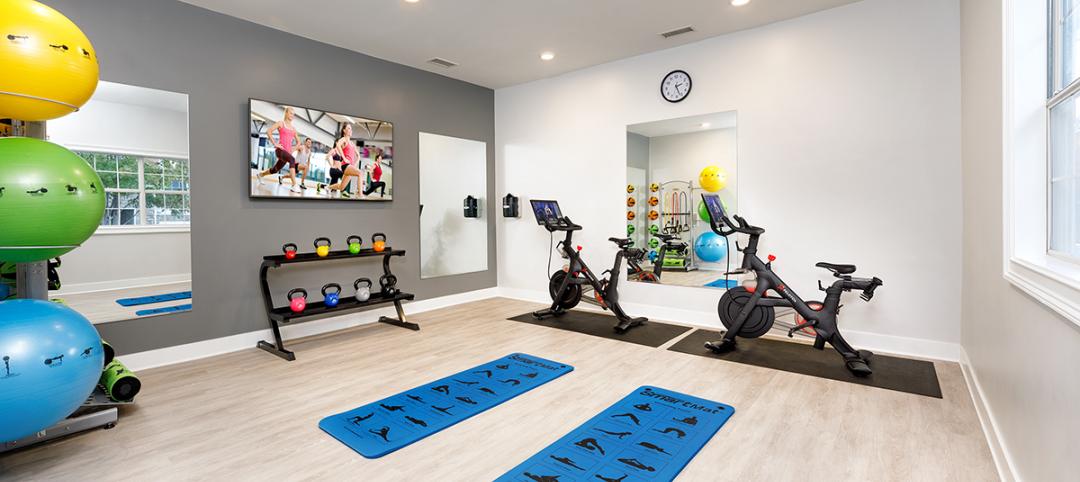Our eight previous White Papers have explored the early days of LEED; the “business case” for green buildings; life cycle assessment for building products; how buildings contribute to climate change; water conservation in buildings; and “net-zero energy” buildings (free downloads at: http://www.bdcnetwork.com/whitepapers).
Our ninth report, “High-Performance Reconstructed Buildings: The 99% Solution,” focuses on “reconstruction” in its many forms—tenant fitouts, retail renovations, adaptive reuse, historic preservation, renovation plus addition, etc.—because that’s where the money has been for many AEC firms since the collapse of the new construction market in 2007-8.
Renovation and reconstruction of existing buildings—what the New Buildings Institute and others are calling “deep energy retrofits”—may be the most practical way to achieve significant energy, water, and materials conservation. Because existing buildings represent 99% of total commercial building stock in any one year, they offer the greatest opportunity for reducing the 19% of U.S. energy consumption attributable to nonresidential buildings.
One point that came home to me as we were preparing this year’s report is the “disaggregation” of commercial building ownership in the U.S. Ninety-five percent of nonresidential buildings in the U.S. are small, less than 50,000 sf. In some respects, it’s easier to retrofit the Empire State Building than it is to “aggregate” many smaller buildings with multiple owners.
Another eye-opener (for me, at least) has to do with the buildings of the Modern era—all those poorly built, boxy structures from the late 1960s into the early 1980s. As Bradley T. Carmichael, PE, notes (WP40), these buildings were poorly insulated, with single-pane glass façades that just oozed wasted energy. Many were poorly ventilated, leading to mold contamination.
Modern buildings were relatively cheap to build; as a result, a lot of them did get built, which is why we have a deluge of them approaching the half-century mark and still sucking up energy by the kilowatt-hour.
There is also frequent reference in the White Paper to “The Greenest Building,” an important new report from the National Trust for Historic Preservation’s Preservation Green Lab. Based on an analysis of six building types in four diverse climate zones, the researchers conclude that it is almost always better––on a life cycle basis––to renovate and retrofit a commercial building than it is to knock it down and build new.
Our experts also delve into the increasingly significant role of energy codes, notably the new International Green Construction Code, as well as the need for “continuous commissioning” to keep buildings functioning properly.
We conclude with an 18-point “action plan”–– specific recommendations for stakeholders in the reconstruction field to consider. One action item calls for AEC firms to look into a new business opportunity as “service integrators,” providing building owners with the full range of services they’ll need to retrofit their buildings.
Send comments to: rcassidy@sgcmail.com. BD+C
More from Author
Rob Cassidy | Mar 30, 2020
Your turn: Has COVID-19 spelled the death knell for open-plan offices?
COVID-19 has designers worrying if open-plan offices are safe for workers.
Rob Cassidy | Mar 25, 2020
Coronavirus pandemic's impact on U.S. construction, notably the multifamily sector - 04-30-20 update
Coronavirus pandemic's impact on U.S. construction, notably the multifamily sector - 04-30-20 update
Rob Cassidy | Nov 20, 2019
Word of the Year: "climate emergency," says the Oxford English Dictionary
The Oxford Word of the Year 2019 is climate emergency.
Rob Cassidy | Nov 8, 2019
The Peloton Wars, Part III - More alternatives for apartment building owners
ProForm Studio Bike Pro review.
Rob Cassidy | Nov 1, 2019
Do car-free downtown zones work? Oslo, yes; Chicago, no
Two recent reports (October 2019) explore whether car-free downtowns really work, based on experience in Oslo, Norway, and Chicago.
Rob Cassidy | Oct 9, 2019
Multifamily developers vs. Peloton: Round 2... Fight!
Readers and experts offer alternatives to Peloton bicycles for their apartment and condo projects.
Rob Cassidy | Sep 4, 2019
Peloton to multifamily communities: Drop dead
Peloton will no longer sell its bikes to apartment communities.



